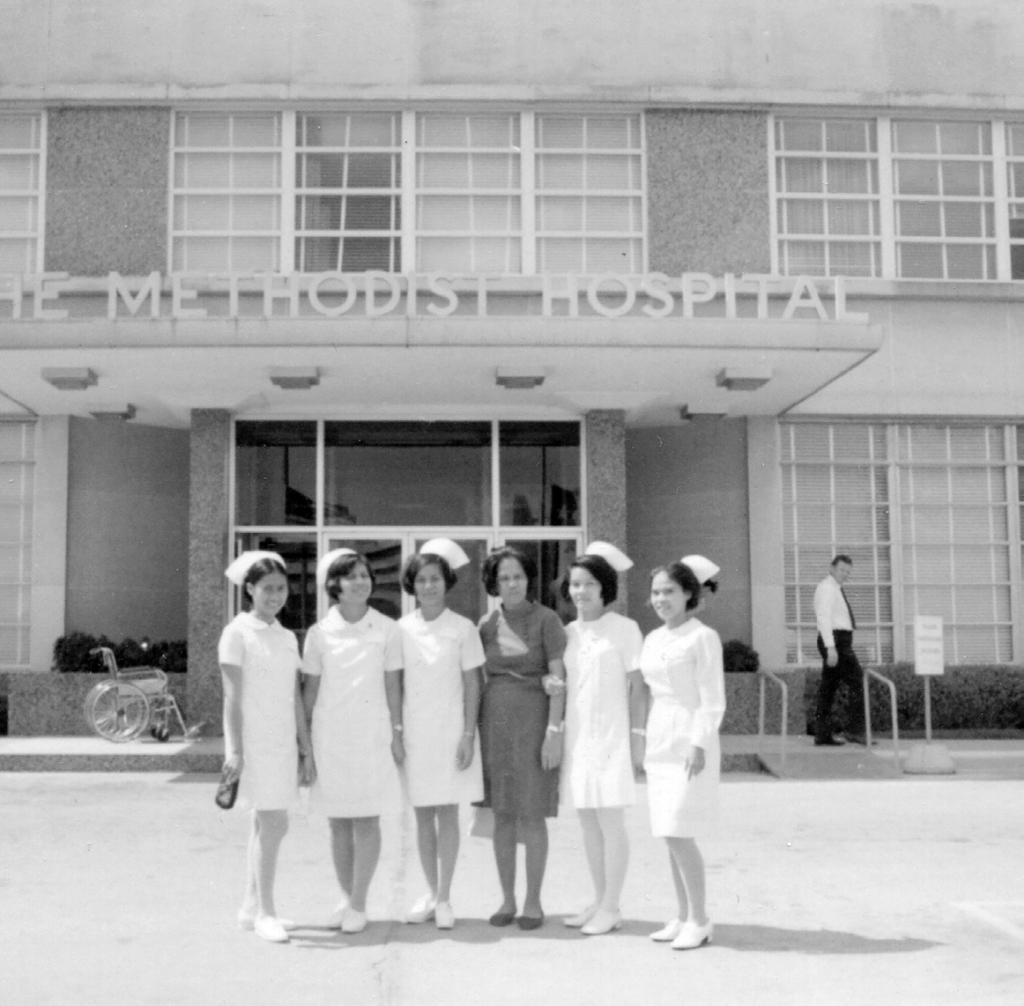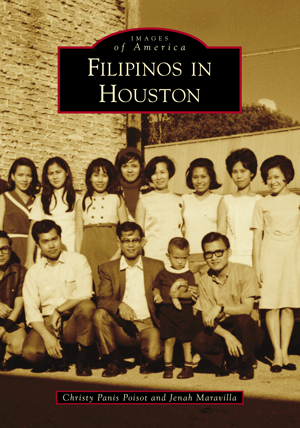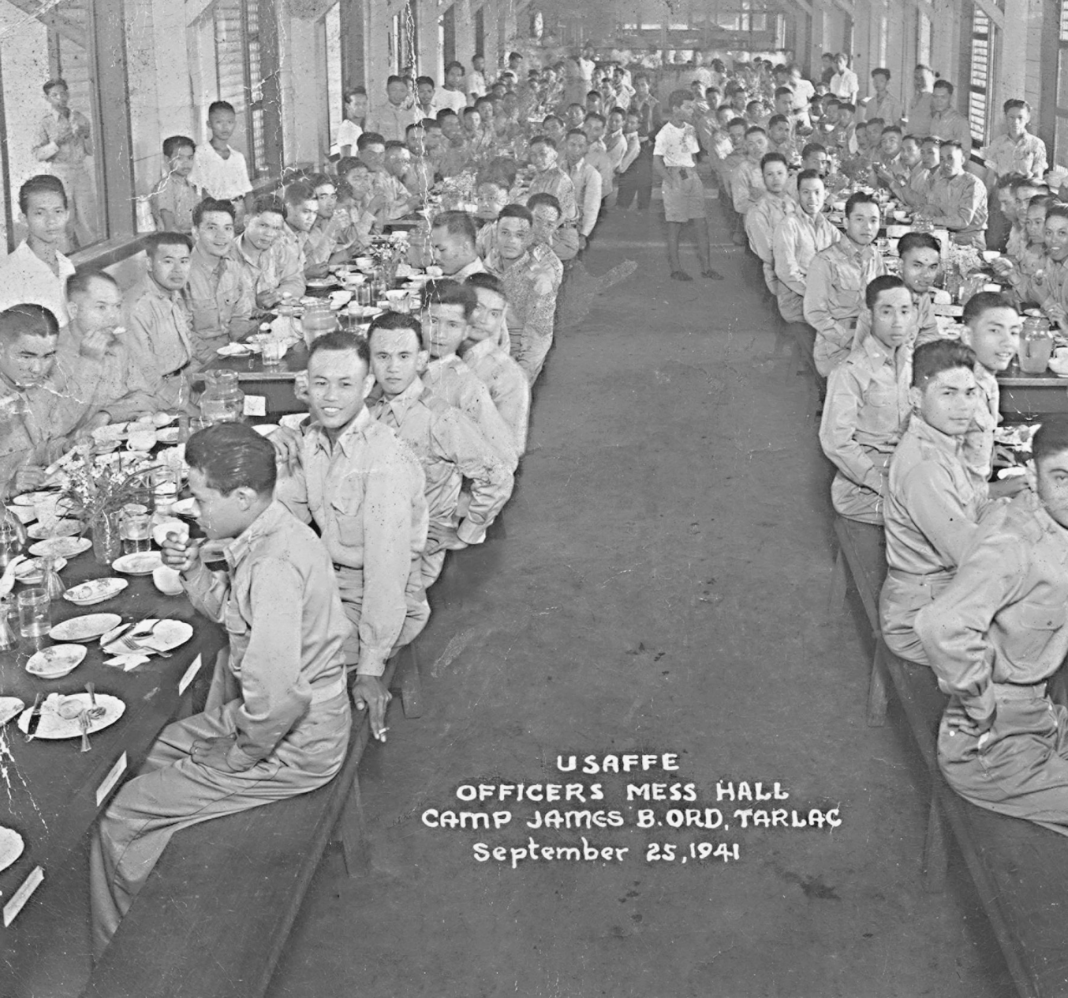
Contemporary Texans are proud of the ethnic and cultural diversity in the Lone Star State. The one-time French territory became known as Tejas when Spain took control. Mexico would break free, and Texans would do the same in 1836. Large waves of European immigrants arrived in the last decades of the 1800s, and made their mark on local culture. One group would distinguish itself in the 20th century — immigrants from the Philippines.
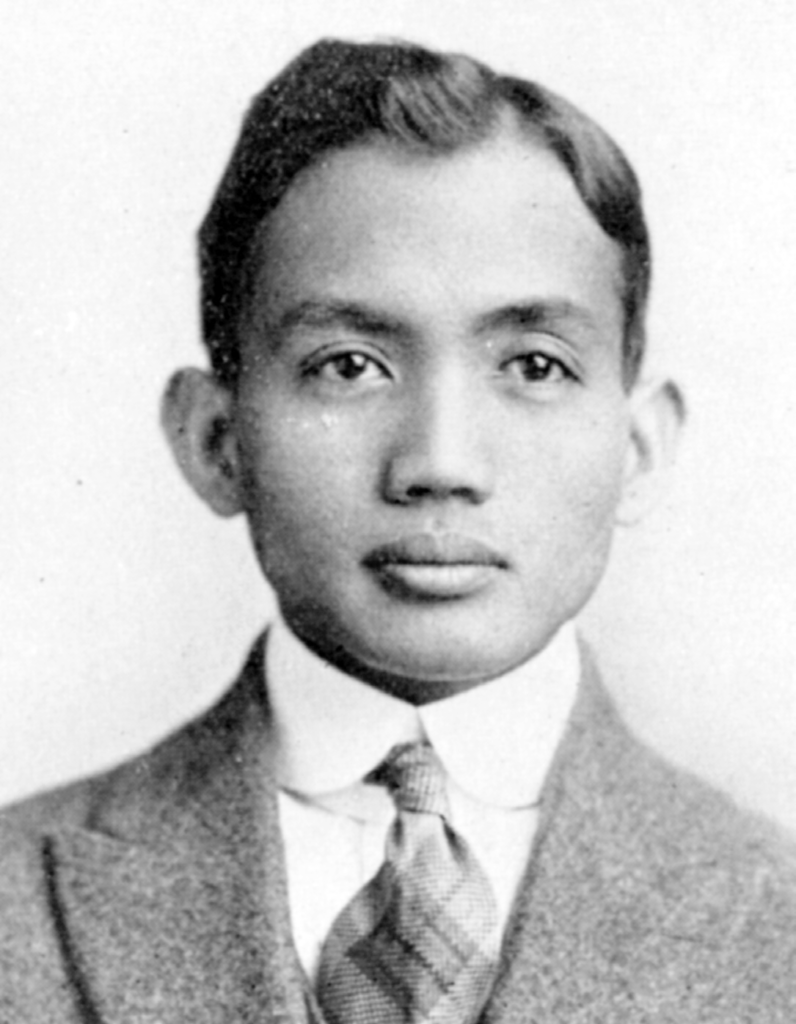
In 1912, Rice University matriculated its first class, and included in the prestigious group was Filipino Rudolfo Hulen Fernandez. Quite an accomplishment for a time and place known to exclude non-whites. Houston’s first Filipino star would have to wait later in the century for more of his community to arrive and mark their mark in Texas.
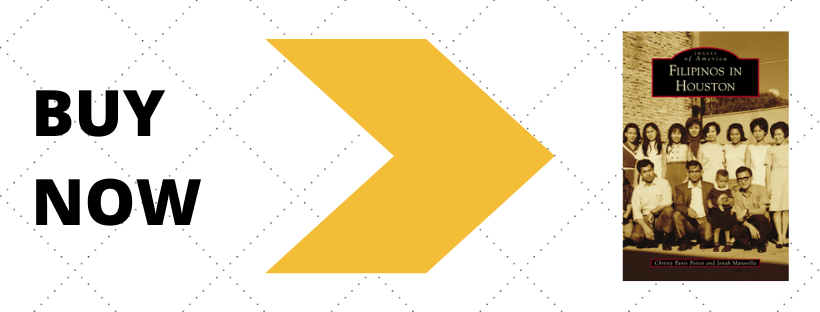
Following the Spanish-American War, the Philippines became a U.S. territory from 1898 to 1946, but America limited Filipino immigration during most of that period. During World War II, Filipinos were allowed to enlist in the armed forces, and later permitted to move to the U.S. But it wasn’t until 1965’s Immigration and Nationality Act, which eased entry for skilled immigrants, that Filipinos began to grow in numbers in Texas, and especially in Houston. Now, as many as 20,000 Filipinos could bring their talents and culture to the U.S. Houston, famous in the 1970s for its low home prices, welcomed Filipinos who had earlier arrived on the West Coast.
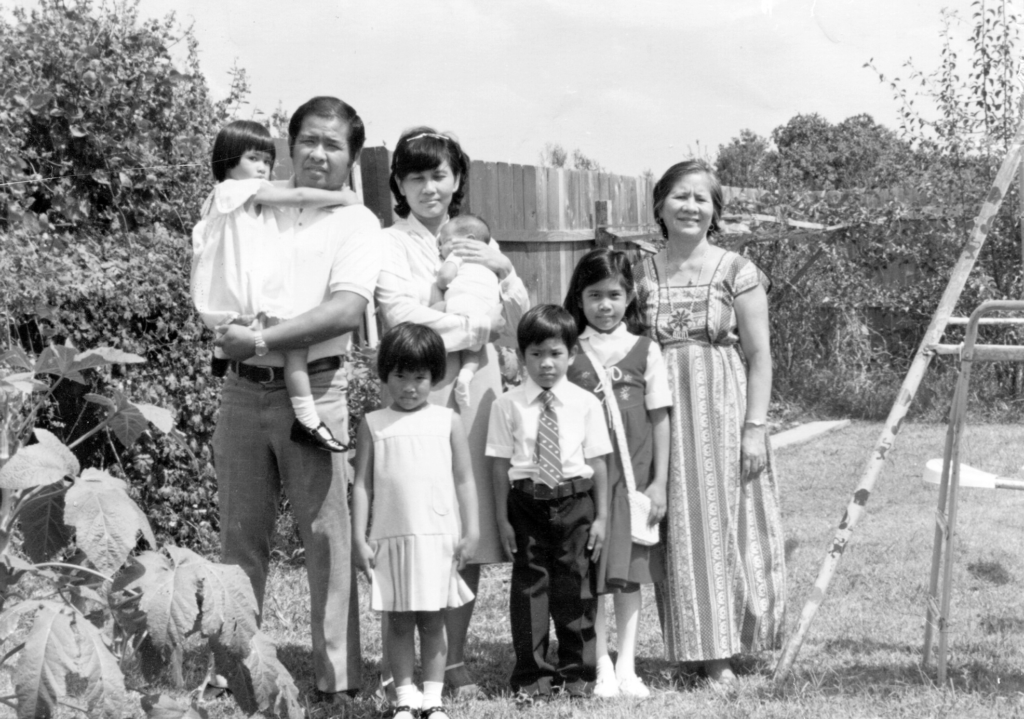
The highest concentrations of Filipinos was found along the Gulf Coast and in Texas’s largest city Houston. The Texas Medical Center in Houston had been employing Filipino immigrants in growing numbers following World War II, and the newly-arrived would often later bring the rest of the family. In the 1960s, Methodist Hospital invited Filipinos through an exchange program. Word spread that Houston was welcome to Filipinos. Climate and existing Spanish culture were big draws for citizens of the island territory.
Today, the Filipino community is strong and active in all aspects of Houston life. It’s one of many distinct ethnic groups that make Houston the most multi-cultural city in the nation.
